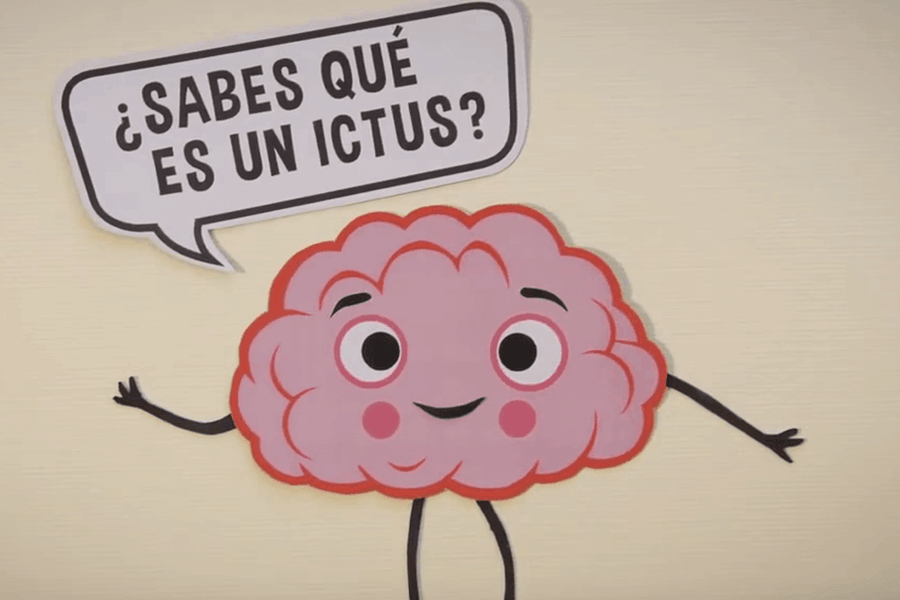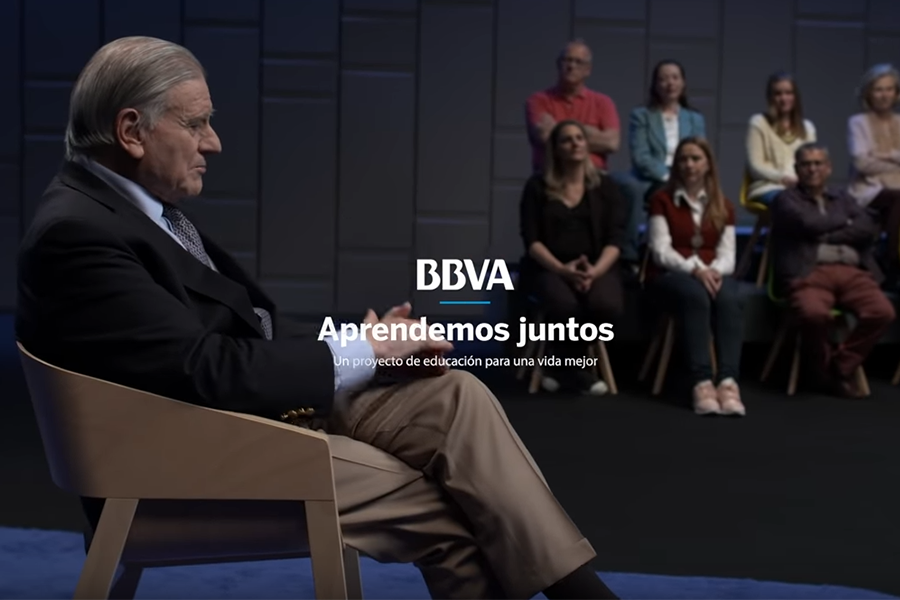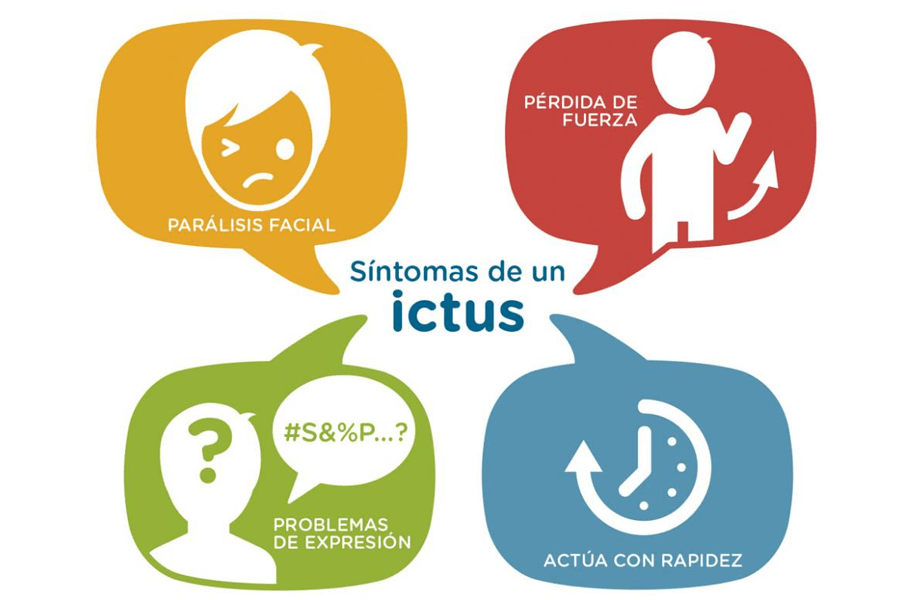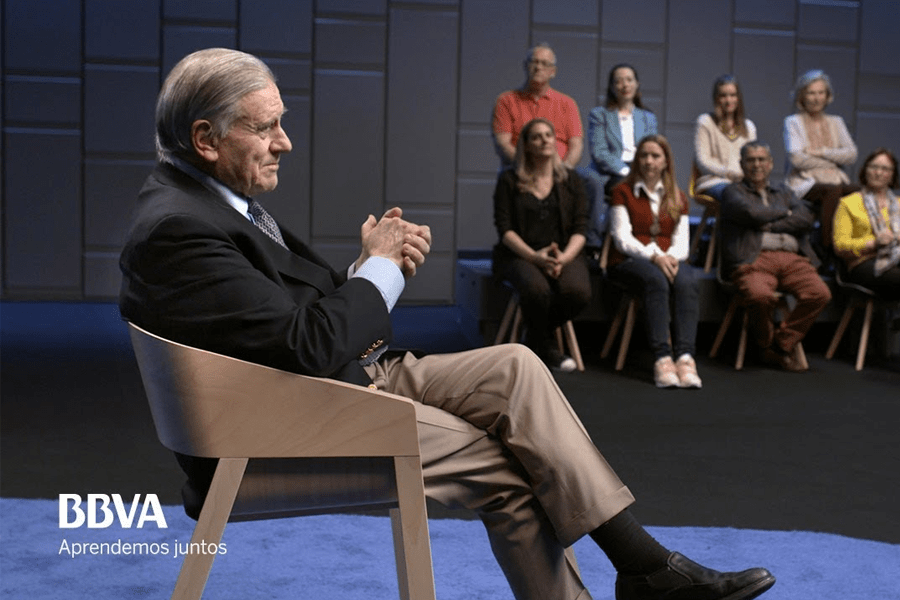We want to do our bit to take care of everyone’s health.Therefore, we have focused our CSR on one purpose: to make all our customers, partners, suppliers and employees aware of stroke prevention.
Please read this, it can save your life or of a family member or friend!
The stroke in 4 questions
What is a stroke?
It's a cerebrovascular disease. The blood flow decreases, causing the brain not to receive the necessary amount and the nerve cells to stop working.
Who’s at risk?
From the age of 55 onwards, people tend to suffer more frequently from a stroke, and the chances increase with age. Also, although less frequent, it can appears in newborns, children and teenagers.
Stroke is the leading cause of death among Spanish women and the second among men, according to the Cerebrovascular Disease Study Group of the Spanish Society of Neurology (GEECV-SEN).
What are the causes?
Previous stroke, smoking, high blood pressure, diabetes, cardiovascular disease, high red blood cell count, excessive alcohol and drug use, weather and season, obesity, sedentary life
What are the symptoms?
Sudden difficulty speaking and understanding, facial paralysis, sudden severe headache, partial or total loss of strength in one leg and/or arm, sudden loss of vision in one or both eyes, loss of stability and balance.
Important! One symptom is enough to go to the doctor.
Dont wait. The reaction time will define the severity of the sequelae.
If you have one or more symptoms, you can activate the Stroke Code This will trigger a procedure that will speed up the recognition of symptoms and the immediate transfer to a hospital by the emergency services.
10 good practices to prevent stroke
![]()
Check your blood pressure regularly. To help keep it down, don’t add too much salt to the meals.
![]()
Check your cholesterol regularly
![]()
Calculate your body mass index (BMI), if it is above 25 there is overweight, so BE AWARE!
![]()
Do you smoke? Leave it. Get help if you need it
![]()
Alcohol? Okay, but not too much.
![]()
Moderate the stress level. If you can’t help it, try to do a little yoga every day to lower it, as we said in the previous point.
![]()
If you notice any of the symptoms, even slight, activate the Ictus code. The time is gold!
![]()
Eat well and balanced, especially fruit and vegetables, and reduce “bad fats”.
Say no to industrial baking, it doesn’t do you any good. This point is fundamental to help you with points 2 and 3.
![]()
Do you work out? Do you? Great, that’s insurance. Don’t you? Start now. If you’re not very fit, start by walking 2 or 3 km per day and periodically increase your speed! Don’t stop every time, it’s not useful! Swimming, cycling or yoga (this mainly to manage stress) are also good.
![]()
Be consistent. These good practices aren’t temporary, they’re for life! Come on!
Diploma: Aware with stroke prevention









